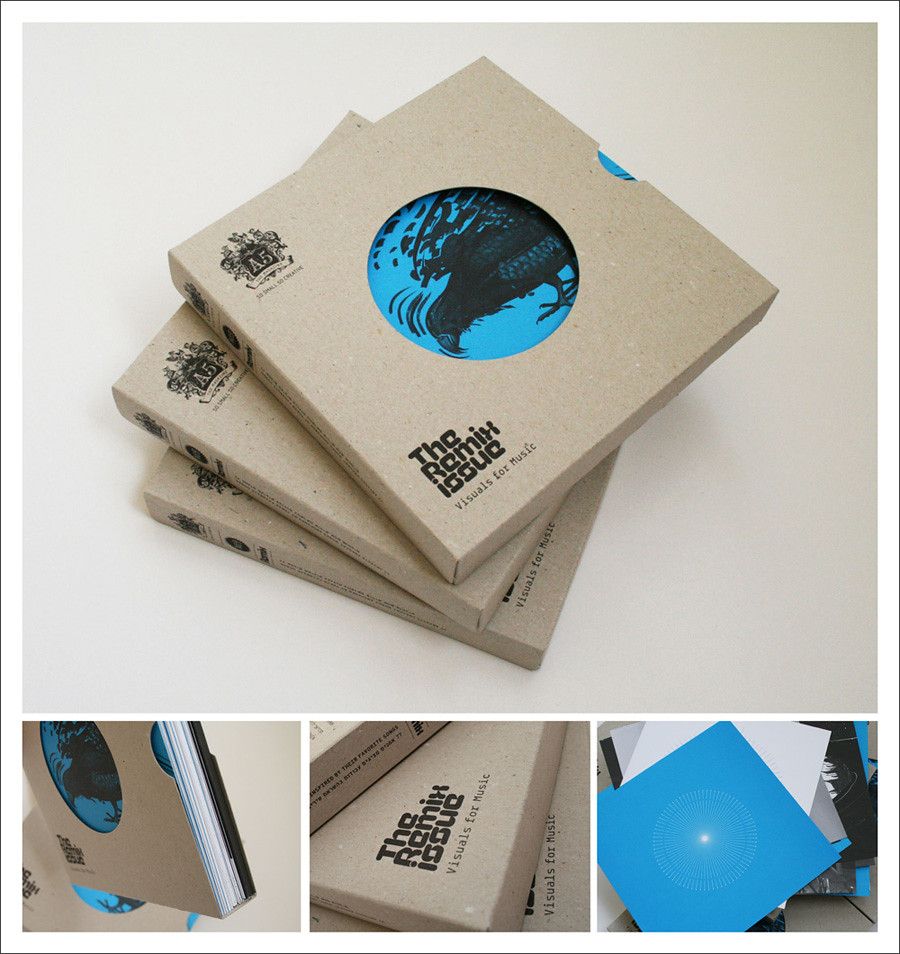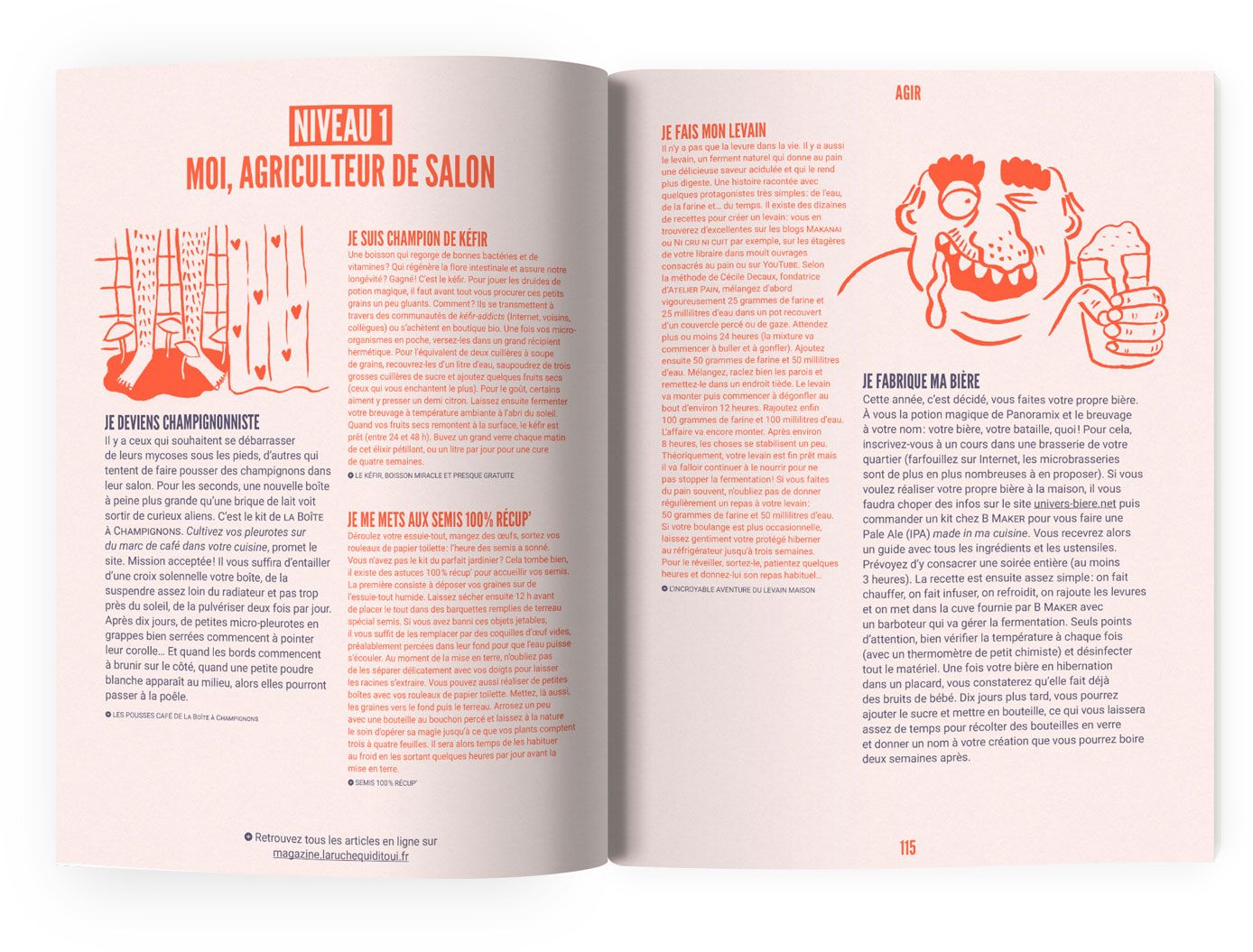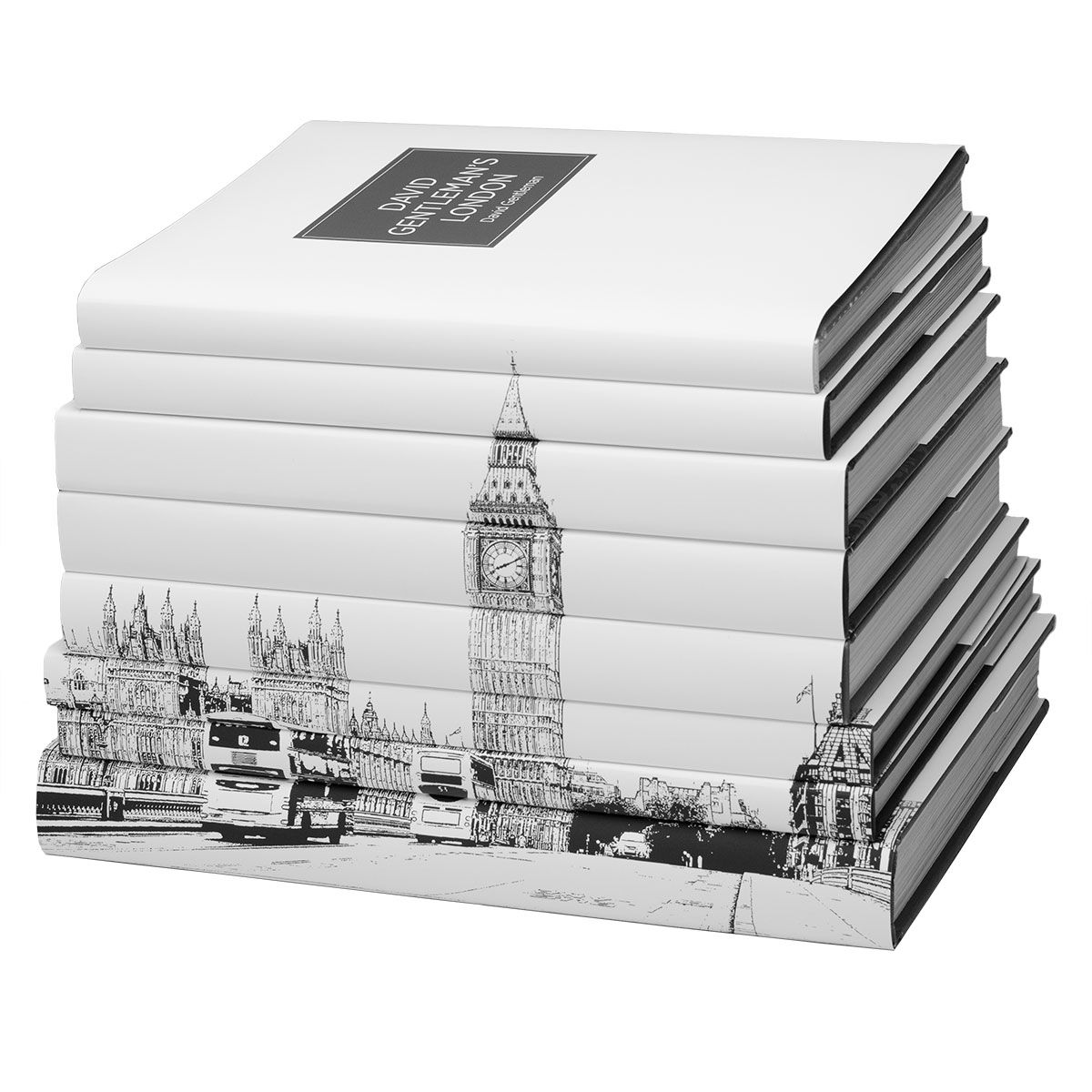- Pradžia
- Dienoraštis
- Kiek kainuoja atspausdinti 200 puslapių minkštais viršeliais knygą?
Kiek kainuoja atspausdinti 200 puslapių minkštais viršeliais knygą?
Kaip speciali knygų spausdinimo gamykla, suprantame, kad savarankiškos leidybos kelionė gali būti ir jaudinanti, ir bauginanti, ypač kai reikia nustatyti su knygos spausdinimu susijusias išlaidas. Jei esate autorius ar leidėjas, ruošiantis išleisti 200 puslapių minkštais viršeliais, šiame vadove rasite pagrindinius svarstymus ir skaičiavimus, kurių reikia norint sukurti veiksmingą kainodaros strategiją.
Turinys
1. Esminis knygų kainodaros vaidmuo savarankiškoje leidyboje
Tinkamos knygos kainos nustatymas yra vienas iš svarbiausių savarankiško leidybos komponentų. Nors daugeliui autorių gali būti nepatogu diskutuoti apie finansinius klausimus, norint pasiekti sėkmės, būtina suprasti su knygos spausdinimu ir pardavimu susijusias išlaidas. Nuo spausdinimo išlaidų iki mažmeninės kainos – kiekvienas aspektas vaidina svarbų vaidmenį bendram pelningumui.
Realus biudžetas ne tik padės padengti išlaidas, bet ir leis nustatyti knygos konkurencingą kainą. Be šio pagrindinio supratimo jums gali būti sunku efektyviai naršyti savarankiško leidybos srityje.
2. Veiksniai, įtakojantys knygų spausdinimo išlaidas
2.1 Spausdinimo parinktys ir jų poveikis
Jūsų knygos spausdinimo išlaidos labai skirsis dėl kelių pagrindinių veiksnių:
Popieriaus tipas: Popieriaus pasirinkimas labai paveikia jūsų knygos išvaizdą. Aukštesnės kokybės popierius (pvz., storesnis, be rūgščių) padidina patvarumą ir padidina vizualinį patrauklumą, bet kainuoja daugiau. Apsvarstykite, kaip straipsnis paveiks skaitytojo patirtį.
Įrišimo būdas: Įvairūs įrišimo būdai, tokie kaip tobulas įrišimas, balno susiuvimas ar spiralinis įrišimas, kainuoja skirtingai. Puikus įrišimas yra įprastas minkštiems viršeliams, bet gali būti brangesnis, palyginti su paprastesniais metodais.
Rašalo kokybė: Naudojamo rašalo tipas – nespalvotas ar spalvotas – turės įtakos jūsų spausdinimo kainai. Spalvotas spausdinimas paprastai yra brangesnis dėl papildomo rašalo ir reikalingos sąrankos.
Puslapių skaičius: Žinoma, svarbus veiksnys yra bendras knygos puslapių skaičius. Daugiau puslapių reiškia daugiau popieriaus ir rašalo, o tai padidins bendras išlaidas. 200 puslapių knygos kaina gerokai skirsis nuo trumpesnio pavadinimo.
2.2 Pristatymo svarstymai
Siuntimas yra dar vienas svarbus veiksnys apskaičiuojant išlaidas. Nesvarbu, ar siunčiate atskiras kopijas, ar masinius užsakymus, šių išlaidų supratimas padės efektyviai sudaryti biudžetą. Mūsų kainodaros skaičiuoklė gali padėti apskaičiuoti siuntimo išlaidas pagal jūsų knygos dydį ir svorį, taip pat atstumą, kurį reikia nukeliauti.
3. Jūsų knygos kainos nustatymas
3.1 Vidutinė mažmeninė kaina
200 puslapių minkšto viršelio vidutinė mažmeninė kaina paprastai svyruoja nuo $9,99 iki $18,99. Šis kainų spektras taikomas tiek tradiciškai, tiek savarankiškai leidžiamiems įvairių žanrų pavadinimams, įskaitant grožinę ir negrožinę literatūrą.
Mūsų įmonėje kainodaros struktūra grindžiama faktinėmis spausdinimo išlaidomis, todėl užtikriname, kad nėra paslėptų mokesčių. Jūsų mažmeninę kainą sudarys spausdinimo išlaidos, pristatymo mokesčiai ir pelno marža, kurią norite pasiekti.
3.2 Spausdinimo išlaidų suskirstymas
Kad būtų aiškumo, panagrinėkime pavyzdį. Standartinio US Trade minkšto viršelio su 200 puslapių spausdinimo kaina gali būti apie $5,54. Šis skaičius svyruos dėl įvairių veiksnių, tokių kaip spalvotas spausdinimas ir papildomas puslapių skaičius. Naudodamiesi mūsų kainodaros skaičiuokle, galėsite pritaikyti savo projektą ir suprasti konkrečias susijusias išlaidas.
4. Mažmeninės kainodaros strategijos nustatymas
4.1 Kainodaros formulė
Skaičiuodami mažmeninę kainą, apsvarstykite galimybę naudoti šią formulę:
Mažmeninė kaina = spausdinimo kaina + pageidaujamos pajamos
Pavyzdžiui, jei spausdinimo kaina yra $5,54, o mažmeninę kainą nuspręsite nustatyti $11,99, jūsų pelnas už knygą būtų $6,45. Parduodant per mūsų knygyną, iš tų pajamų pasiliekate 80%, o tai žymiai padidina jūsų pajamas.
4.2 Kanalo svarstymai
Kai parduodate knygą per mažmeninės prekybos platformas, pvz., „Amazon“ ar „Barnes & Noble“, atminkite, kad šie platintojai turi savo kainodaros strategijas, dažnai įskaitant papildomus mokesčius. Norint padidinti savo pajamas ir nustatyti konkurencingą kainą, būtina suprasti šias struktūras.
5. Knygos kainos nustatymo strategijos
5.1 Pardavimų ir pelno subalansavimas
Yra įvairių strategijų, kurias galite taikyti nustatydami savo knygos kainą. Jei jūsų tikslas yra maksimaliai padidinti pardavimą, apsvarstykite galimybę nustatyti mažesnę kainą, kad pritrauktumėte skaitytojus. Ir atvirkščiai, jei taikote į nišinę auditoriją, galite pasirinkti aukštesnę kainą, kad išnaudotumėte mažiau pardavimų.
Istorinių kainų tendencijų tyrimas taip pat gali padėti priimti sprendimus dėl kainų. Ištekliai, pvz., Mokyklos bibliotekos žurnalas, suteikia įžvalgų apie vidutines kainas, todėl galite efektyviai išdėstyti savo knygą rinkoje.
5.2 Jūsų auditorijos supratimas
Norint nustatyti tinkamą kainą, labai svarbu žinoti savo tikslinę auditoriją. Jei jūsų knyga patinka nišinei rinkai, kurioje yra atsidavusių skaitytojų, didesnė kaina gali būti pateisinama. Ir atvirkščiai, platesnė auditorija gali geriau reaguoti į konkurencingesnes kainas.
6. Autoriaus pajamų supratimas
6.1 Pajamų modeliai
Savarankiškos leidybos platformos paprastai siūlo autoriams dalį pajamų, kurios paprastai svyruoja nuo 50% iki 80%. Pavyzdžiui, naudodamiesi mūsų paslaugomis, galite pasilikti iki 80% pajamų iš mūsų knygyne atliktų pardavimų.
Norėdami tiksliai nustatyti savo uždarbį, naudokite šią paprastą formulę:
Grynosios pajamos = spausdinimo kaina + (mažmeninė kaina – mažmeninė prekyba)
Jei jūsų knyga parduodama už $10, o jos spausdinimas kainuoja $5, už kiekvieną išpardavimą uždirbsite $4.
6.2 Veiksniai, įtakojantys pajamas
Atminkite, kad papildomi veiksniai gali turėti įtakos jūsų pajamoms. Naudojant pasaulinį platinimą, gali būti taikomos didmeninės kainodaros strategijos, kurios gali apimti antkainius. Jei parduodate tiesiogiai per savo svetainę, galite pasilikti 100% pajamų, todėl tai yra pelningas pasirinkimas autoriams.
7. Siuntimo išlaidų vaidmuo
Siuntimo mokesčiai yra labai svarbūs skaitytojams ir autoriams. Nors šios išlaidos neturi tiesioginės įtakos jūsų pelno maržai, jos prisideda prie bendros pirkimo kainos vartotojams. Įsitikinkite, kad atsižvelgsite į mažmenines kainas ir pristatymo mokesčius, kad užtikrintumėte skaidrią bendrą klientų kainą.
8. Siūlome kelis formatus
Paleisdami knygą apsvarstykite galimybę pasiūlyti ją įvairiais formatais, pvz., minkštu viršeliu, kietu viršeliu ir el. knyga. Pateikus kelias parinktis, skaitytojai gali lengviau pasiekti ir gali padidėti pardavimo galimybės.
Savarankiškai publikuodami turite laisvę nustatyti savo kainas, todėl galite jas koreguoti pagal rinkos atsiliepimus ar gamybos sąnaudų pokyčius.
9. Kainodaros proceso supaprastinimas
Svarbiausias šio vadovo akcentas – svarbu gerai suprasti įvairius komponentus, kurie prisideda prie knygų kainų nustatymo. Išvenkite spąstų – skubėkite išleisti knygą į rinką visiškai nesuvokdami finansinės padėties.
Susipažinkite su visomis galimomis parinktimis, įskaitant tai, kaip spausdinimo išlaidos, pajamų lūkesčiai ir pardavimo kanalai veikia kartu formuodami jūsų kainų strategiją. Šios žinios suteiks jums galimybę priimti pagrįstus sprendimus, kurie bus naudingi jūsų leidybos kelionei.
6. Išvada
Spausdinant 200 puslapių knygą minkštais viršeliais, reikia įvairių išlaidų, kurios daro didelę įtaką jūsų kainų strategijai. Suprasdami spausdinimo parinktis, pristatymo išlaidas ir pajamų modelius, galite nustatyti kainą, kuri ne tik padengtų išlaidas, bet ir padidintų galimą pelną.
Vykdydami savarankiško leidybos kelionę atminkite, kad kruopštus tyrimas ir strateginis planavimas yra gyvybiškai svarbūs. Apsiginkluodami tinkamomis žiniomis, galite efektyviai valdyti savo išlaidas ir įgyvendinti savo leidybos siekius. Jūsų knyga nusipelno pasiekti savo auditoriją, o pasirinkę tinkamą požiūrį galite tai paversti realybe.
DUK
1 DUK: Ką daryti, kad sumažinčiau spausdinimo išlaidas?
Norėdami sumažinti spausdinimo išlaidas, apsvarstykite galimybę užsisakyti masinį kiekį, pasirinkti standartines popieriaus parinktis ir naudoti nespalvotą spausdinimą knygoms, kuriose yra daug teksto. Įvertinus skirtingas įrišimo galimybes, taip pat galima sutaupyti daug.
2 DUK: Kaip nustatyti konkurencingą mažmeninę mano knygos kainą?
Tyrinėkite panašius savo žanro pavadinimus, kad gautumėte įžvalgų apie tipines kainas. Naudokite istorinius duomenis, pvz., vidutines kainas iš išteklių, pvz., Mokyklos bibliotekos žurnalo, kad vadovautumėte savo kainodaros strategijai ir užtikrinkite, kad ji atspindėtų jūsų knygos vertę.
3 DUK: Kaip pardavimas įvairiose platformose veikia mano pajamas?
Skirtingos pardavimo platformos turi skirtingus pajamų pasidalijimo modelius. Tiesioginis pardavimas per jūsų svetainę leidžia išlaikyti visą pelną, o mažmeninės prekybos platformoms gali prireikti tam tikro pardavimo procento. Būtinai apskaičiuokite savo potencialų uždarbį pagal konkrečias kiekvienos pasirinktos platformos sąlygas.
Knygų spausdinimas
Nauji produktai
Paskutinis dienoraštis

Profesionalių knygų spausdinimo paslaugų pranašumai
Jei nerite į savarankišką leidybą, vienas iš jūsų pagrindinių rūpesčių bus ekonomiškų knygų spausdinimo galimybių paieška

Kiek kainuoja atspausdinti 200 puslapių minkštais viršeliais knygą?
Kaip speciali knygų spausdinimo gamykla, suprantame, kad savarankiškos leidybos kelionė gali būti ir jaudinanti, ir bauginanti,

kiek kainuoja knygos spausdinimas
Knygų spausdinimo išlaidos gali svyruoti nuo $2 iki $20 už knygą, atsižvelgiant į tokius veiksnius kaip kiekis, medžiagos ir tipas. Pavyzdžiui, knygos minkštais viršeliais yra pigesnės ir dažnai kainuoja $2–$5 nespalvotai spausdinimui, o spaudiniai kietais viršeliais arba spalvoti spaudiniai gali siekti $20 dėl didesnių gamybos išlaidų.

Kiek kainuoja knygų spausdinimas
Pradėti savarankiško knygos leidybos kelionę yra ir jaudinanti, ir sudėtinga. Kaip knygų spausdinimo gamykla,
Susisiekite su mumis
- +86 13946584521
- info@booksprinting.net
- 8.00–22.00 (pirm.–sek.)
komentarai
Susijęs dienoraštis
Raskite naujausias tendencijas ir bendras žinias knygų spausdinimo versle.

Pigiausias būdas spausdinti vaikišką knygą
Paversti savo mylimo vaikų istoriją į gražiai atspausdintą knygą yra jaudinanti patirtis.

kiek kainuoja išspausdinti knygą
Pradedant knygų spausdinimo projektą, vienas pirmųjų klausimų, su kuriuo susiduria autoriai ir leidėjai: kiek kainuoja knygos išspausdinimas? Knygų spausdinimo kaina gali labai skirtis priklausomai nuo daugelio veiksnių, tokių kaip knygos tipas, spaudinių kiekis,

Kietų viršelių knygų pasirinkimo pranašumai
Knygos kietais viršeliais žavi skaitytojus daugiau nei tris šimtmečius, užtarnavusios brangią vietą bibliotekose ir namuose. Nuo klasikinės literatūros iki šiuolaikinių savipagalbos pavadinimų

Tinkamos knygų spausdinimo gamyklos Kinijoje pasirinkimas
Ar esate trokštantis autorius ar savarankiškas leidėjas, norintis atnaujinti savo literatūrą? Tinkamos knygų spausdinimo gamyklos pasirinkimas yra labai svarbus žingsnis, galintis turėti didelės įtakos jūsų leidinio kokybei ir sėkmei.




